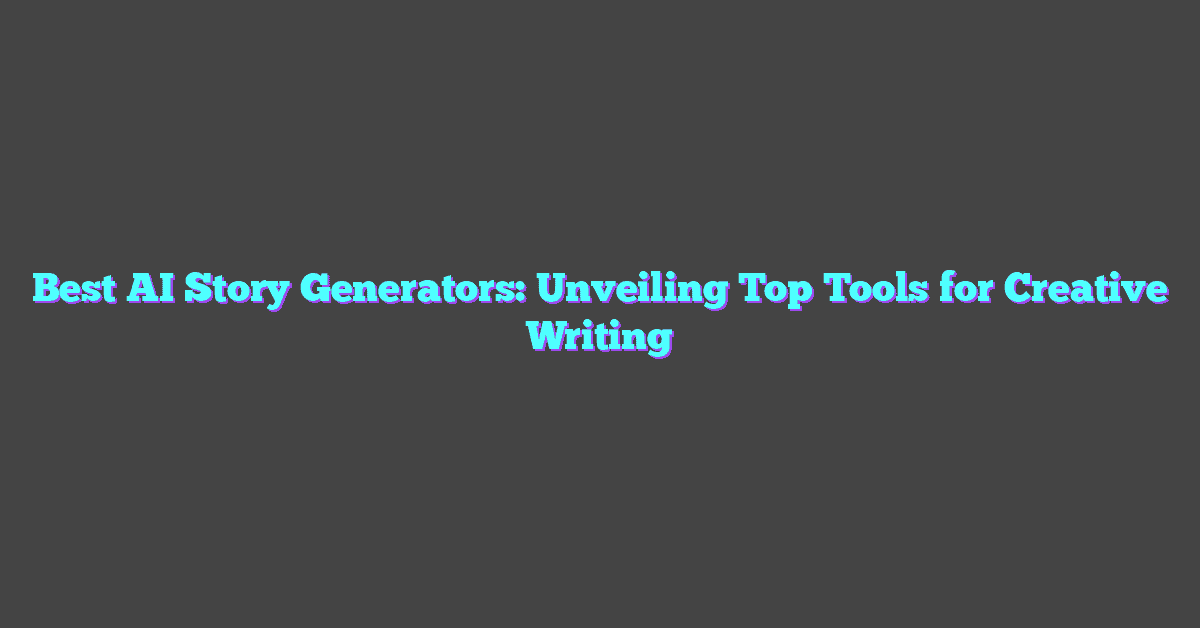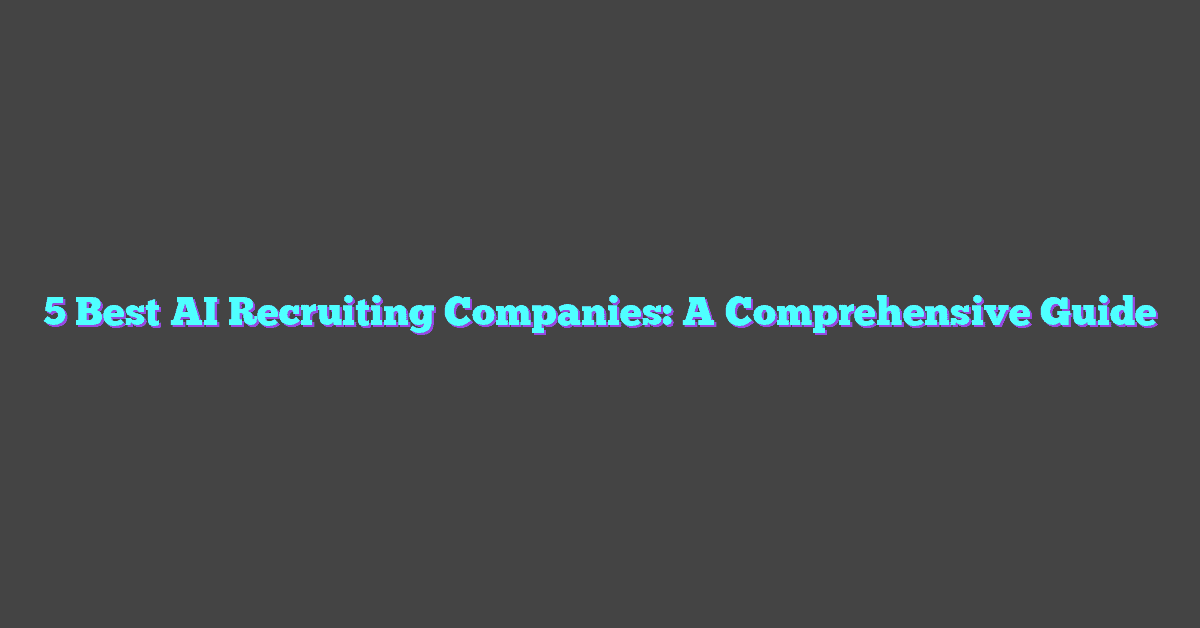Key Takeaways
- Foster collaboration and drive innovation by bringing together creators and enthusiasts around AI-generated content.
- Utilize diverse AI-generated content types—text, images, audio, and video—for applications in marketing, education, entertainment, and e-commerce.
- Provide creators with access to expertise, resource sharing, and networking opportunities within the community.
- Enhance audience engagement through personalized, high-quality content and interactive community participation.
- Implement effective community building strategies, including leveraging social media and creating interactive content like webinars and workshops.
- Ensure sustainability by addressing quality control and ethical considerations in AI-generated content.
Building a community around AI-generated content is more than just sharing algorithms and outputs—it’s about fostering connections and sparking creativity. As AI continues to evolve, creators and enthusiasts alike seek spaces where they can collaborate, exchange ideas, and push the boundaries of what’s possible.
In these communities, members support each other by sharing insights, troubleshooting challenges, and celebrating wins. They create a vibrant ecosystem where innovation thrives and everyone feels empowered to contribute. Whether someone is a seasoned developer or just curious about AI’s potential, joining a community can boost their understanding and ignite a passion for this transformative technology.
Understanding AI-Generated Content
AI-generated content refers to material produced by artificial intelligence algorithms without direct human creation. Utilizing machine learning models, particularly natural language processing (NLP) and generative adversarial networks (GANs), AI systems can create text, images, audio, and videos.

Types of AI-Generated Content
- Text: Articles, reports, and social media posts created using models like GPT-4.
- Images: Artwork, designs, and photographs generated by GANs.
- Audio: Music compositions and voiceovers produced by AI-driven tools.
- Videos: Short clips and animations created through automated video generation systems.
Applications of AI-Generated Content
AI-generated content serves various purposes across industries:
- Marketing: Automates content creation for campaigns and social media.
- Education: Develops personalized learning materials and interactive content.
- Entertainment: Creates scripts, music, and visual effects for media production.
- E-commerce: Generates product descriptions and personalized recommendations.
Benefits of AI-Generated Content
- Efficiency: Produces large volumes of content quickly, reducing manual effort.
- Customization: Tailors content to specific audiences based on data analysis.
- Innovation: Enables new forms of creativity and content types previously unattainable.
Challenges of AI-Generated Content
- Quality Control: Ensures content meets desired standards and accuracy.
- Ethical Considerations: Addresses issues like plagiarism and content originality.
- Integration: Seamlessly incorporates AI-generated content into existing workflows.
Understanding these aspects of AI-generated content is crucial for building a community that leverages AI effectively while addressing its challenges.
The Importance Of Building A Community
Building a community around AI-generated content fosters collaboration and drives innovation. It creates a supportive network for creators and engages the audience effectively.
Benefits For Content Creators
- Collaboration Opportunities: Share ideas and resources to enhance content quality and creativity.
- Access to Expertise: Gain insights from AI and machine learning experts to improve techniques and workflows.
- Resource Sharing: Utilize shared tools, tutorials, and best practices to streamline content creation.
- Feedback Mechanisms: Receive constructive feedback to refine content and better meet audience needs.
- Networking: Connect with other creators and potential partners to expand reach and influence.
Advantages For Audience
- Diverse Content: Enjoy a wide variety of AI-generated content tailored to different interests and preferences.
- Interactive Engagement: Participate in discussions, provide feedback, and influence future content directions.
- Educational Resources: Access learning materials and insights about AI and content creation to enhance understanding.
- Personalized Experiences: Benefit from content customization based on community interactions and individual preferences.
- Consistent Quality: Experience high-quality content through community standards and collaborative improvements.
Strategies For Community Building
Implementing effective strategies fosters a thriving community around AI-generated content. Targeted approaches engage members and encourage collaboration.
Leveraging Social Media Platforms
Utilize platforms like Twitter, LinkedIn, and Reddit to distribute AI-generated content and interact with members. For example:
- Twitter: Share updates, participate in relevant hashtags, engage with influencers.
- LinkedIn: Post articles, join professional groups, connect with industry experts.
- Reddit: Contribute to AI-focused subreddits, answer questions, share resources.
Maintaining an active presence on these platforms increases community visibility and attracts diverse members.
Creating Interactive Content
Develop content that encourages active participation from community members. Examples include:
- Webinars: Host live discussions on AI advancements and applications.
- Workshops: Provide hands-on training sessions for AI tools and content creation.
- Polls and Surveys: Collect feedback and gauge member interests.
Interactive content enhances engagement, fosters learning, and strengthens community bonds.
Tools And Technologies
Effective tools and technologies are essential for building and maintaining a vibrant community around AI-generated content. These solutions streamline management, enhance engagement, and integrate advanced AI capabilities.
Community Management Software
Utilizing robust community management software ensures seamless interaction and organization within the community. Key tools include:
- Discourse: Facilitates structured discussions and knowledge sharing through categorized forums and real-time notifications.
- Slack: Enables instant messaging, file sharing, and integration with other applications to maintain continuous communication among members.
- Discord: Offers voice, video, and text channels, ideal for hosting live events and fostering a sense of community through varied interaction methods.
- Mighty Networks: Provides customizable community spaces with built-in monetization options, supporting both free and paid memberships.
These platforms support features like user moderation, analytics tracking, and customizable interfaces, which help administrators manage large groups effectively and maintain a positive environment.
AI Integration Tools
Incorporating AI tools enhances content creation and engagement within the community. Essential AI integration tools include:
- TensorFlow: Empowers members to develop and deploy machine learning models for generating diverse content types, such as text, images, and audio.
- GPT-4 API: Enables automated content generation, including article writing, chatbot interactions, and personalized recommendations based on user preferences.
- Canva with AI Features: Assists in creating visually appealing graphics and designs using AI-driven templates and design suggestions.
- HubSpot AI Tools: Optimizes marketing efforts by automating email campaigns, analyzing user behavior, and providing insights for targeted content strategies.
These tools facilitate the creation of high-quality AI-generated content, streamline workflows, and provide actionable insights, fostering a more dynamic and innovative community.
Overcoming Challenges
Building a community around AI-generated content involves navigating several obstacles. Addressing these challenges ensures a sustainable and thriving environment for all members.
Managing Content Quality
Maintaining high-quality AI-generated content is crucial for community trust and engagement. Implementing robust quality control measures, such as:
- Automated Validation: Utilize algorithms to check content accuracy and relevance.
- Peer Review: Encourage members to review and provide feedback on each other’s work.
- Continuous Training: Regularly update AI models with diverse and up-to-date datasets to enhance output quality.
- Clear Guidelines: Establish and enforce standards for content creation to ensure consistency across the community.
These strategies ensure that the content remains valuable and reliable for all members.
Addressing Ethical Concerns
Ensuring ethical standards is essential when dealing with AI-generated content. Key actions include:
- Transparency: Clearly disclose AI-generated content to maintain honesty and trust.
- Bias Mitigation: Implement techniques to identify and reduce biases in AI algorithms, ensuring fair and unbiased content.
- Privacy Protection: Safeguard user data and adhere to privacy regulations to protect community members.
- Responsible Use Policies: Develop and enforce guidelines that prevent misuse of AI-generated content, fostering a safe and respectful community environment.
By proactively addressing ethical issues, the community upholds integrity and promotes responsible AI usage.
Conclusion
Creating a community around AI-generated content brings creators and enthusiasts together in a vibrant space where ideas thrive and collaboration flows naturally. Members support one another by sharing insights and tackling challenges together making the community a hub of innovation. This sense of belonging not only helps individuals grow but also sparks new creative breakthroughs. As more people join the community it gets even stronger driving the future of AI in exciting directions. Embracing this collaborative spirit ensures that AI-generated content continues to evolve in meaningful and engaging ways.




